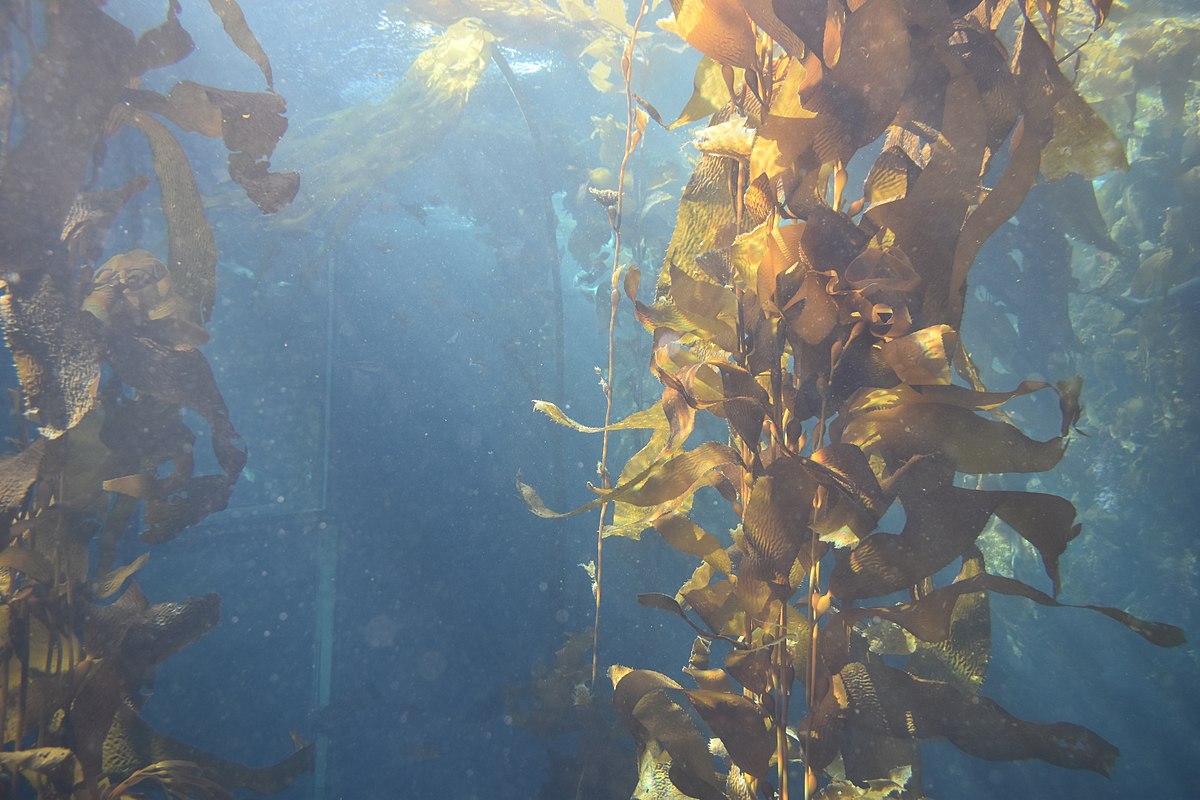Paper: van Bleijswijk, J.D.L.; Begeman, L.; Witte, H.J; IJsseldijk, L.L.; Brasseur, S.M.J.M.; Gröne, A.; Leopold, M.F. Detection of grey seal Halichoerus grypus DNA in attack wounds on stranded harbour porpoises Phocoena phocoena. Marine Ecology Progress Series 513: 277-281, 2014. doi: 10.3354/meps11004
A picture is worth a thousand words

Why we care
When you apply for a grant to conduct scientific research, many of the larger grant applications want you to justify your research in 2 ways:
1) What is its scientific merit? Application reviewers are asked to judge your proposal on the new information it will contribute to science and decide, essentially, whether you are actually filling a knowledge gap that will advance scientific thought or not.
2) What is its broader impact? Reviewers will also judge your proposal on how it will impact non-scientists. This not only implies that your research should have some sort of application to non-scientists, but also requires that you then convey that importance to society at large.
This second point is often tricky to include: how much broader impact is enough? Can you just make a webpage about your research and say that your idea is a good one because it includes public outreach and education? Or should your research somehow tangibly improve the quality of life for some portion of the population? This is a very vague point on which to be evaluated and it’s easy to get frustrated with it.
When you conduct ecological research that ties directly into human health, you have nailed your broader impacts. It is easy to tell someone why they care about your research if your work could give them a healthier life.
The research conducted in this study has a clear, and perhaps unexpected, link to human well-being: it provides us with a new way to identify oceanic species and individuals responsible for human injuries. They developed this technique while identifying the predator responsible for numerous attacks on porpoises in the Netherlands.
Methods

The authors began by developing a typical DNA signature for gray seals (Halichoerus grypus) so that they could determine whether DNA samples from the field were from gray seals or something else. They chose to develop gray seal DNA specifically because bite signatures left on 2 stranded porpoises and 3 observations of seal aggression in the field suggested that gray seals may be attacking and feeding on harbor porpoises (Phocoena phocoena) in the Netherlands. These porpoises have been found stranded around the North Sea in increasing numbers.
3 porpoise carcasses found in 3 different locations along the Dutch coastline were collected using extremely sterile techniques. They were brought back to a lab space which had also been carefully cleaned, where DNA samples were taken from a variety of locations around the bite wounds on the porpoises. Samples were also taken from several “control” locations, like human saliva and the bags used to transport the carcasses, to identify whether contamination had occurred during sample processing. Samples were then compared with both the gray seal signatures previously developed and a variety of other relevant marine mammal and other biotic DNA samples to identify how well they matched the gray seal DNA signatures.
Results
4 of 9 samples collected from porpoise wounds contained gray seal DNA, and the results indicated that a different seal attacked each of the 3 porpoises. Samples collected from puncture wounds yielded DNA samples while samples from edges of open wounds did not provide any DNA products. Samples collected as controls to reveal contamination were negative, indicating that it is unlikely that seal DNA was accidentally introduced into wounds during sample collection or processing.
The authors propose that when gray seal teeth puncture harbor porpoises, saliva may be left in the wound which may then close over that saliva, effectively preserving it against seawater rinsing for later forensic analysis. The presence of porpoise fluids under such puncture wounds confirms that bites occurred while the porpoises were still alive rather than after they had died, ruling out gray seals as scavengers and identifying them as porpoise predators.

Forensic techniques involving DNA are becoming more common in environmental studies, but this is the first successful application of such a technique in the marine environment. Seawater washes away DNA and also contains microscopic organisms which carry their own DNA sequences. The authors show that in puncture wounds, their techniques may be applied successfully to determine the source of the damage.
These same techniques may be applied to humans attacked while in the ocean. Although events like shark attacks are uncommon, they attract much media attention and can prompt large-scale efforts to find and eliminate the culprit (such as Australia’s hunt to kill great white sharks this year after a surfer was attacked). Using and refining the techniques presented in this article could not only yield scientific insights such as the importance of one predatory species over another or the impact of a particular species on threatened prey, it could also be used to keep track of species and even individuals that display aggressive behavior toward humans.
I just finished my graduate education in the Odum School of Ecology at the University of Georgia. I received my Ph.D. in Ecology in August 2014. My dissertation is all about the creatures that make the habitat for an ecosystem just by growing themselves. I’ve done my research in mangroves; trees that live at the edge of the ocean in the tropics. Before coming to UGA, I earned my B.S. in Biology from the University of North Carolina at Chapel Hill, where I worked on a variety of marine ecology projects.

